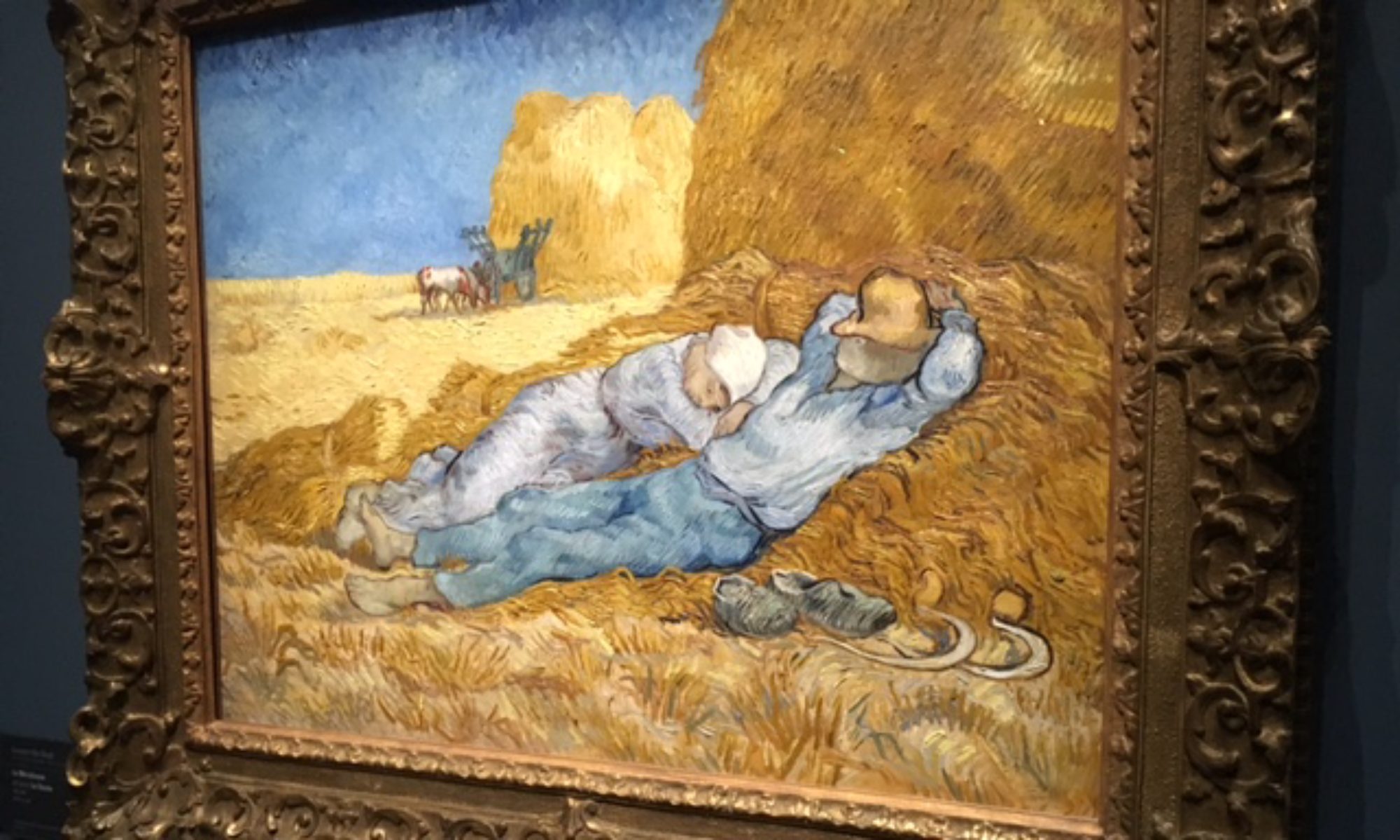Righteousness and holiness are words out of fashion. To some, they are terms that imply exclusion and division. They are words employed to convey the sense of things sacred, and sacred things are things that seem out of reach.
Jesus changed this. He came from Heaven to earth, the only begotten Son of God. He followed a course of life guided by the Holy Spirit in obedience to His Father. In Him, all of the Law of Moses was fulfilled. He left not a point of it undone.
Did Jesus do this sequestered away from people and their problems? Did He take up residence atop a lofty mountain and wait for the strong, the rugged, and the dedicated to climb to Him?
He did not. Rather, Jesus came to us, to where we are. Two disciples asked the Lord, “Where do you live?” His answer: “Come and see” (John 1:39-41).
Christ’s life on earth was one of ministry and availability. His righteousness, His holiness, was there for all to watch, to approach, and to touch. He proved attractive to the worst of the society He walked through. Those made ill by demons, diseases, and sin flocked to Him. To them, He revealed Himself as the Healer and the Deliverer.
[bctt tweet=”The Holy One came close, but He never compromised His character or His Person.” username=”ggwo”]
The very unclean spirits He encountered were among the first to declare the reality of His deity, as they cried out, “Have you come to destroy us? I know who you are–the Holy One of God!” (Mark 1:24).
The Holy One came close, but He never compromised His character or His Person. His way was gentle, yet firm and clear and supremely consistent.
Worship and Awe
Consider how Jesus sat with the woman at the well, a story related in John 4. She came at midday to fill her water pot — a most unusual time to come to the well. She was probably there then because she wanted to avoid the scorn of the townsfolk. The details of her life likely filled the gossipy chatter that went on there.
Jesus sat with her – a development that stunned her. He addressed her and her sin; she had been married five times and had taken up with a sixth man who was not her husband. She made no excuse, neither did she run away. She even tried to steer the conversation toward religion. “I perceive You are a prophet,” she told Him.
The conversation went on and, eventually, Jesus told her directly that He was the promised Messiah. Her heart touched, she hurried to town and invited everyone to hear from Him, “the One who told of all she had ever done.” She had come to worship Him, the Righteous One who had come to her. Others came to Him because of how He had come to her.
The Attraction of Righteousness
Psalm 96 includes an invitation: “Worship the Lord in the beauty of holiness: fear before Him, all the earth” (Psalm 96:8). Holiness, rightly perceived, stirs appreciation and awe. Worship! Give honor! Fear the Lord!
Real righteousness attracts the most unattractive, those who have come to the end of themselves. They recognize a righteousness so right that it has liberty to forgive and set free, a righteousness that offers mercy and makes clean. Sin is never excused. It is, however, labeled and exposed. It is shown in all of its weight and bondage. Those burdened, crushed, and confined by sin, cast themselves on the Holy One, whom they see as their only hope.
False righteousness, the kind fueled by self-effort, is repellent. People sense pretense – especially teenagers; ask any youth pastor or leader about how fast phonies are found out and tuned out. Better yet, ask the teens themselves.
Luke 7 provides an account of a collision between the false and the true, as Jesus is invited to dinner at the home of a Pharisee, Simon. As they sat together at the dinner table, a prostitute pushed her way to Jesus and began to kiss His feet and wash them with her tears. She dried those feet with her hair. She bathed them in ointment.
What moved her to such a response? The righteousness of Christ drew her to Him.
Jesus perceived the thoughts of the self-righteous in the room and told them just how wrong such thoughts were. In essence, they saw righteousness as something to be attained, as something that is earned through a pattern of effort. Christ showed them that true righteousness must be received from above. It is robed upon those who run to it and it covers all those who cry, “Lord, have mercy.”
The woman in Luke 7 loved Jesus very much and apparently felt at home at His feet. The greatness of her sin overwhelmed her, but in Him she saw hope — the hope in the mercy that rejoices against judgment.
How to Make a Difference
What does this mean for us now? Righteousness matters and makes a difference. This cannot be a righteousness that we fashion on our own, but it must be the righteousness that we receive by faith in the One who saved us. Such righteousness changes things.
“When it goes well with the righteous, the city rejoices” (Proverbs 11:10). It all comes down to the beauty of holiness. The highness and rightness of Jesus when seen in His people can affect eternal results.
Let’s not take the edge off of His righteous way. Let’s avoid the temptation to dim the glory due the Savior. Let’s worship and adore Him and manifest this adoration with inspired lives, with hearts full of appreciation for His mercy and grace.
In this way, we shall be beautiful for all of our situations. Christ shall be lifted up, and He shall draw men unto Him.

